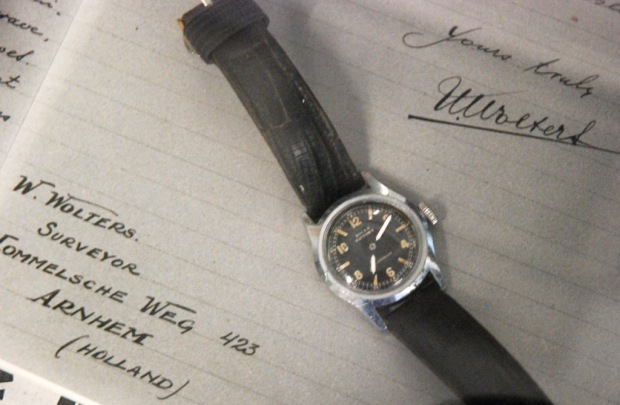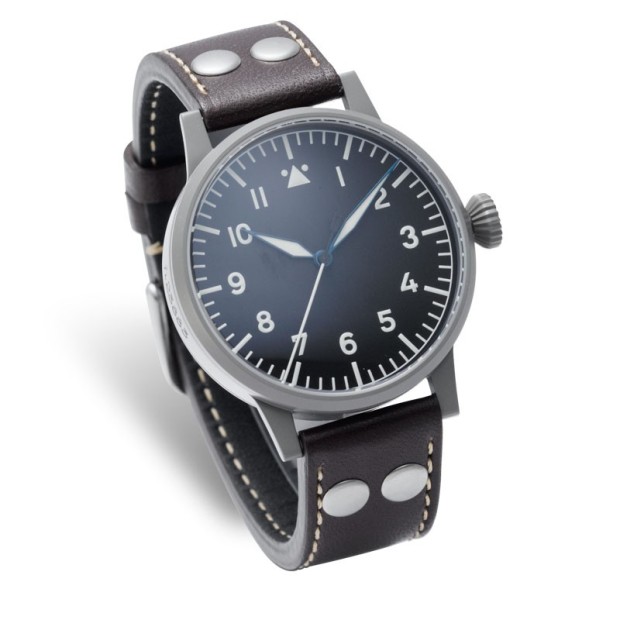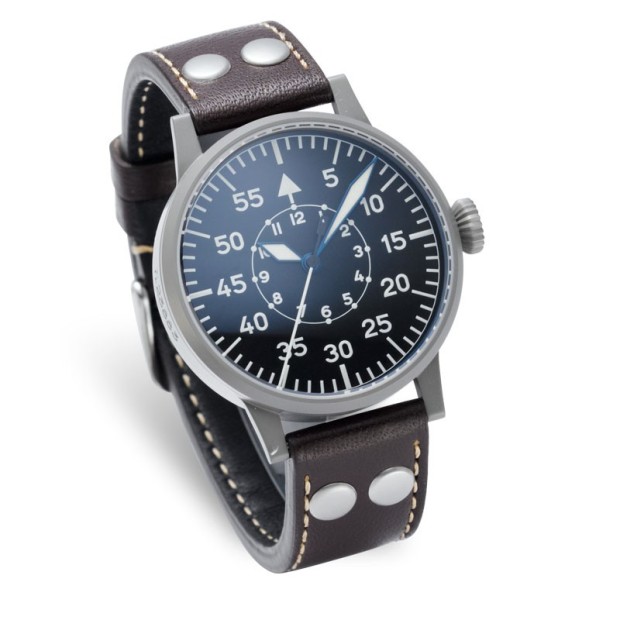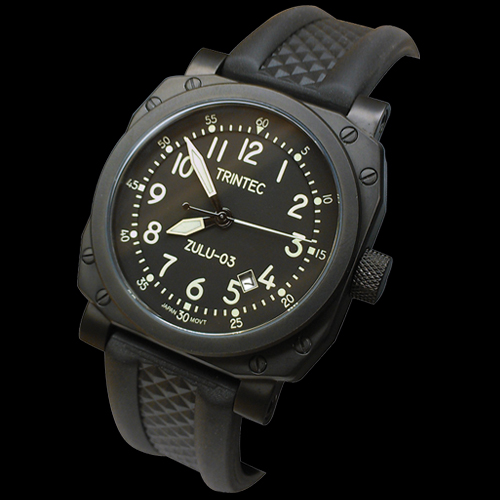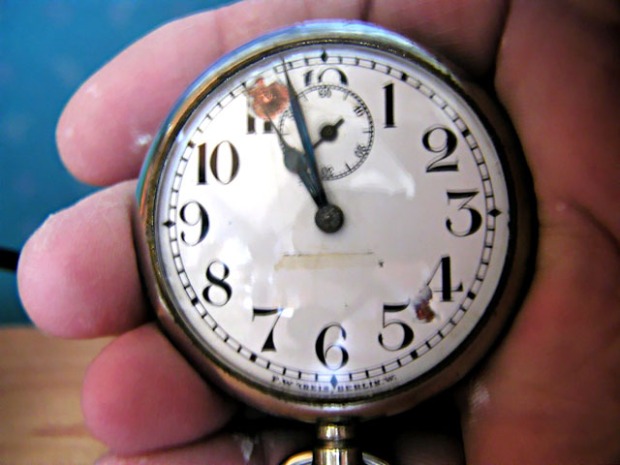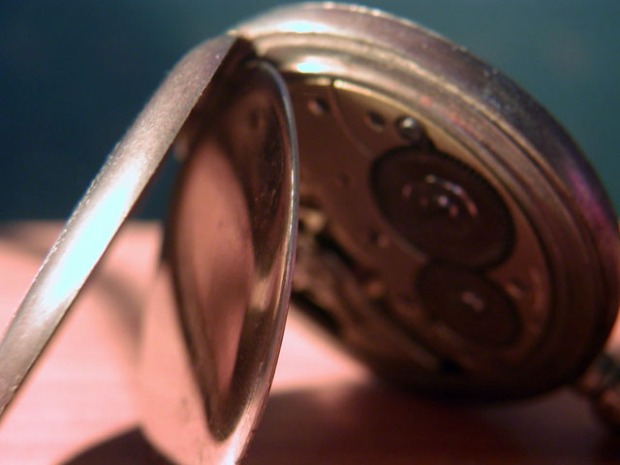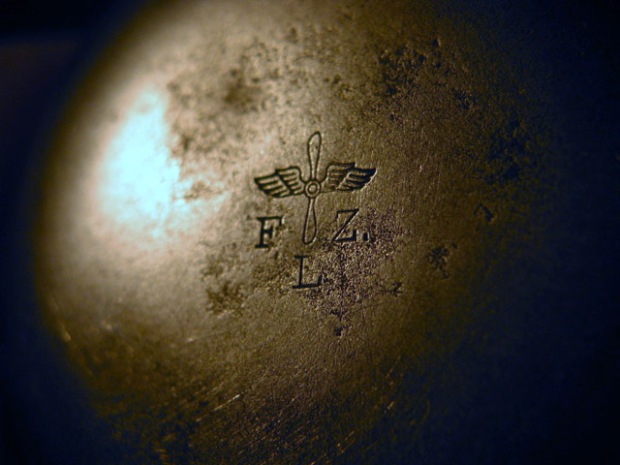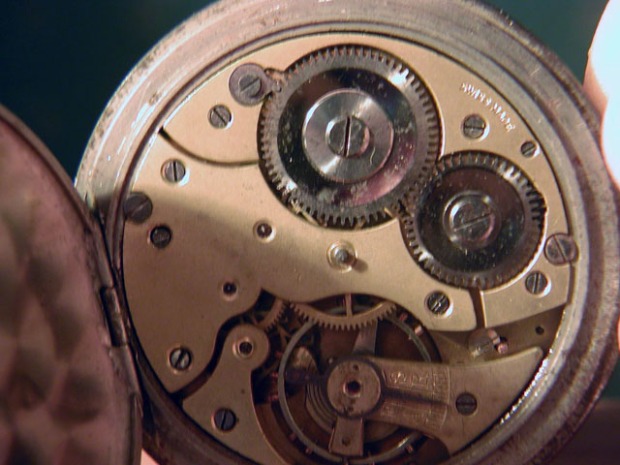First let me say that so many fine articles have been written about this iconic wristwatch over the years that, frankly, I’m a bit embarrassed to set my hand to the task. Lest I be accused of hubris, I will freely admit that I’m breaking no new ground here. Indeed, I’ve learned ‘most all I know of the Mark Eleven from those writings, and I will hyperlink a selection of them before I close. Also, I must say that the common perception of modern watch enthusiasts that “Pilot’s Watch” is synonymous with the Beobachtungsuhren (or “B-Uhr”) designs of the German Luftwaffe of WW2 strikes me as a grave disservice. So today we will focus on the aviation timepieces used by the Allied forces and which were, arguably, superior to their Axis counterparts.
OK. Where to start? I suppose that to truly tell the story of the Mk 11, it’s necessary to go all the way back to John Harrison and the marine chronometer.
While these instruments are beyond the scope of this article, their impact on the modern world should not be under-estimated. Here at last was a means of accurately determining longitude, something of a Holy Grail for all sea-faring nations of the time.
Fast forward to the Aviation Age, and celestial navigation was still the only practical method of determining longitude. A precision timepiece is an integral part of celestial navigation, of course, and one supposes that actual ship’s chronometers were used early on. And I suspect there may have been some railways crossover, with Railroad Certified pocket watches being pressed into aviation service.
The first purpose-designed wristwatch for astro-navigation was the Longines Seconds-Setting aka “Longines Weems” of 1929, designed by Professor Philip Weems of the United States Naval Academy. Aside from central-seconds, itself a very unusual feature at the time, the seconds hand stopped (or “hacked”) during time-setting, allowing the watch to be precisely synchronized to a reference time source. These were quickly followed in 1932 by an improved version designed by the famous aviator Charles Lindbergh, the “Longines Hour Angle”. Mind you, some consider these not so much an improvement, as simply being tailored to Lindbergh’s personal taste.
As far as I can tell, these Longines models were never officially issued to the Armed Forces of any country. However, there can be no doubt that they were informally adopted by some military aviators in both the USA and Britain. When WW2 hostilities began, Britain had a sudden need for astro-navigation timepieces in far greater numbers than could be filled by the aviator’s personal watches. Luckily there was an off-the-shelf solution in the A-11 wristwatch which had been adopted by the USA in 1941.
Britain formally adopted the US-made A-11 (under MoD Specification 6B/234) in 1942. The A-11 was manufactured by Bulova, Elgin, and Waltham, and the specification was rather broad, accommodating a number of slight variations between the three main models. They all share the characteristic of having central-seconds, seconds-setter (“hacking”), with black dial and full arabics.
The A-11 was a rugged, reliable timepiece, and did yeoman service during WW2. Indeed, some have gone so far as to call it “The Watch That Won The War”. However, it was something of a compromise in that true chronometer-grade performance was not a given with any random example. The hacking feature mitigated this somewhat, of course, and the watches destined for actual astro-navigation use were hand-picked from the most accurate examples.
After the war the UK MoD set out to remove this compromise, and issued the 6B/346 specification in late 1946 or early 1947. The specs called for a watch which was, on the surface, very similar to the A-11. The main difference is that chronometer-grade performance was specified, along with anti-magnetic properties.
The resulting watch, the 6B/346 Mk 11 “Navigator’s”, was produced by two companies, Jaeger-LeCoultre (JLC) and International Watch Company (IWC), and was issued to RAF and RAAF forces from 1948 to 1953.

Click the photos for larger version
While both the IWC and the JLC examples are fine watches, my favorite by far is the Jaeger-LeCoultre, and so this is the model I will focus upon.
The main external difference between the two is visible in the side profile:
The IWC watch has lugs with a less-pronounced downturn than the JLC shown and, while the lugs are long, they are not quite as long as the JLC lugs. Some surviving examples have signed crowns, and these appear to have been added during field refits. The watches were returned to stores for overhaul every 2-3 years, and several running changes were retrofitted as a matter of course.
One thing that didn’t change was the anti-magnetic protection.
The dial is fashioned of soft iron, with the movement capped by an iron “dust cover”, effectively shielding the movement with a full faraday cage. I’ve heard it said that the Mk 11 was the first wristwatch designed from the outset to offer this level of anti-magnetic shielding.
But the real star of the show, and IMHO the one thing that gives the JLC a leg up over the IWC, is the movement.
The JLC caliber 488SBr movement is a 12.5 ligne, 16-jewel work of art featuring Glucydur balance, Breguet-type Nivarox hairspring, non-magnetic curb pins, and impeccable finishing. This movement was specific to the 6B/346 watches, whereas the caliber 89 used by IWC was used in many other watches. Yet one more reason why, despite conventional wisdom, the JLC is for me a far more desirable timepiece compared to it’s IWC sibling.
The case is full stainless steel (or “StayBrite” as JLC called it), the caseback threaded (note the four spanner notches vs. the more common 6), with the physical dimensions being 35.3 mm w/o crown, 43.5 mm across the lugs, 12.6 mm thick, with 18mm lugs and a Perspex (acrylic) crystal. Water-resistance was stated to be 20 feet, but this a bit misleading as this also applied at the low pressures encountered at operational altitudes.
The caseback markings on this example place it as S/N 2249, issued in 1948. The “B/97” marking is a bit of a mystery. It appears on some, but not all RAF-issued models, and never on RAAF-issued models. Some consider it a decommissioning mark, but I personally think it’s more likely an indicator of a field retrofit.
The exact retirement date of the Mk 11 timepieces is also a bit of a mystery. Their most high-profile use was arguably with the aircrew of the English Electric Canberra bomber. This aircraft remained in service until 2006, but the watches were retired in favor of GPS long before that time. It would seem that the phase-out began in the mid 1970’s, and was complete by the end of the decade. So a ~ 20-year service life.. Quite a remarkable feat!
And here I’ll close. Again, I realize that this article is nowhere as comprehensive as it could be. For that, I encourage you to peruse the links I will provide. Suffice to say that, for this writer, the  Mk. 11 remains the pinnacle of aviation wristwatch evolution, the closest thing to a haute horlogerie wristwatch any Armed Forces has ever issued their personnel. Not coincidentally, it is also the closest thing to a “Bucket List Watch” for me – The one wristwatch I feel I need to own before I leave this mortal coil.
Mk. 11 remains the pinnacle of aviation wristwatch evolution, the closest thing to a haute horlogerie wristwatch any Armed Forces has ever issued their personnel. Not coincidentally, it is also the closest thing to a “Bucket List Watch” for me – The one wristwatch I feel I need to own before I leave this mortal coil.
Thanks for reading!
-Ricky Mac
Further Reading:
The Navigator: Icons of Wristwatch Design 1 by Carlos Perez
SteveG’s excellent photo essay
The Jaeger LeCoultre Mark XI by Francis Chang
Jaeger-LeCoultre Navigator’s Mark 11 Wristwatch Tracking Page
“Man Is Not Lost” January 2004 article from Horological Journal


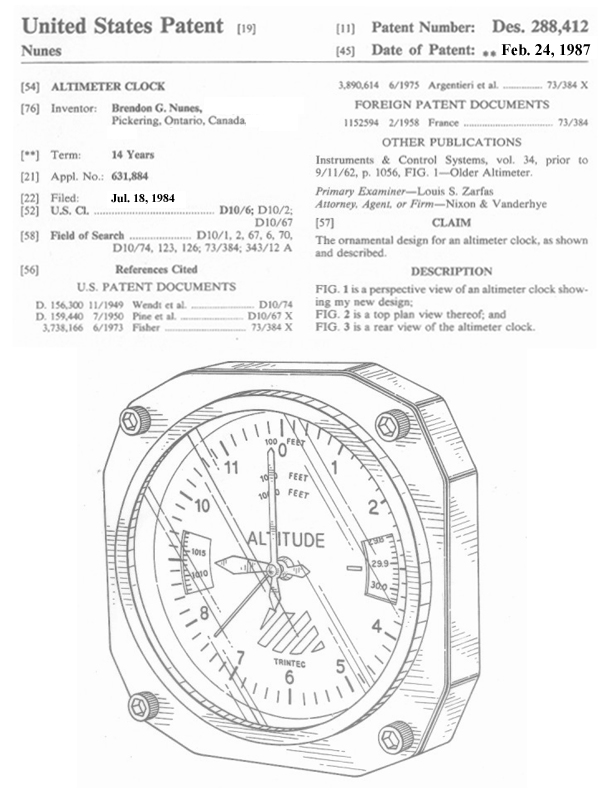
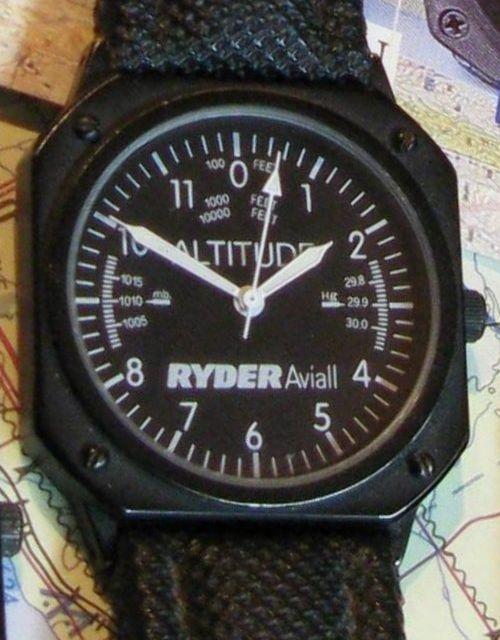
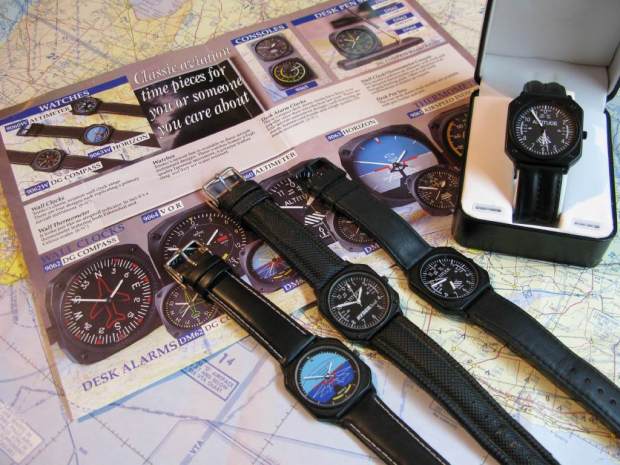
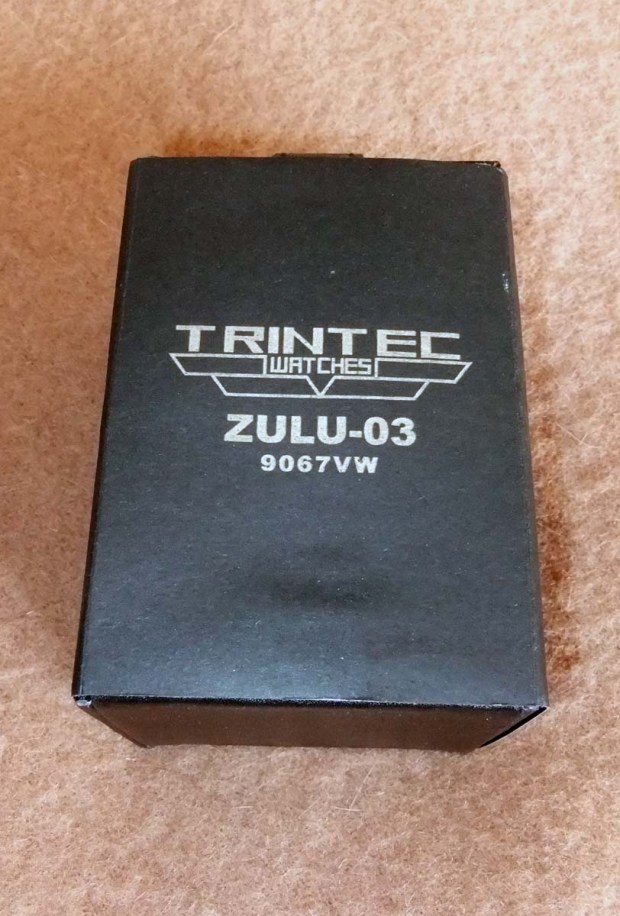
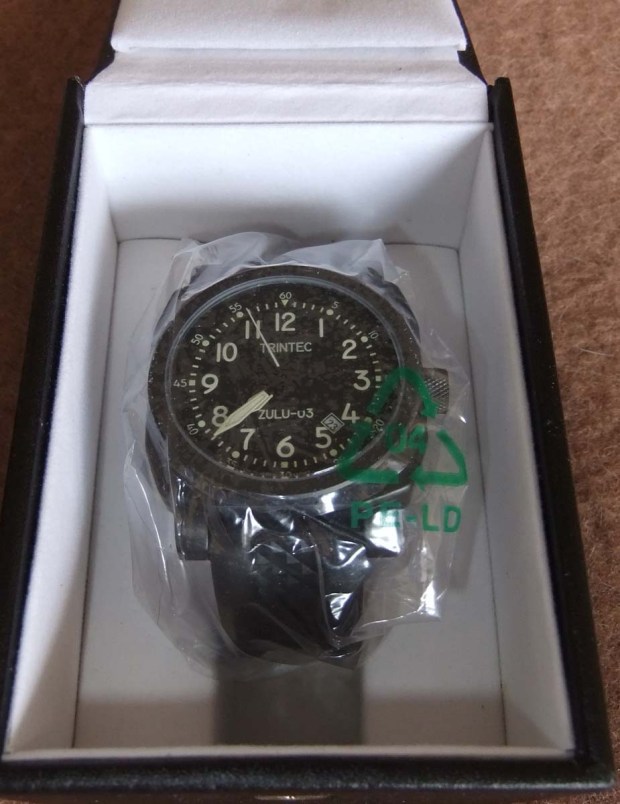
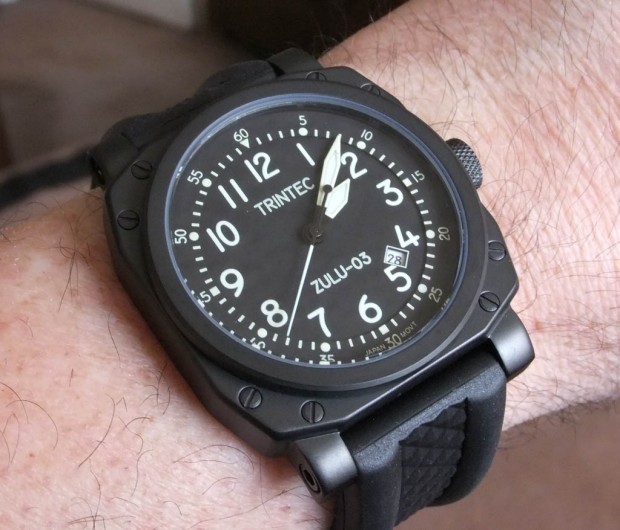
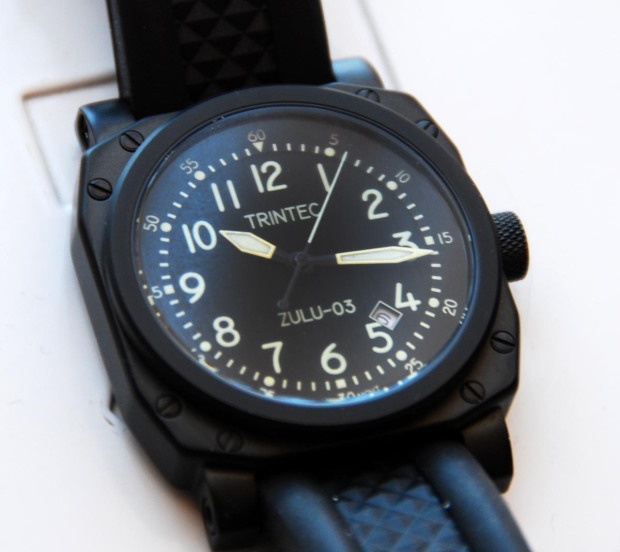
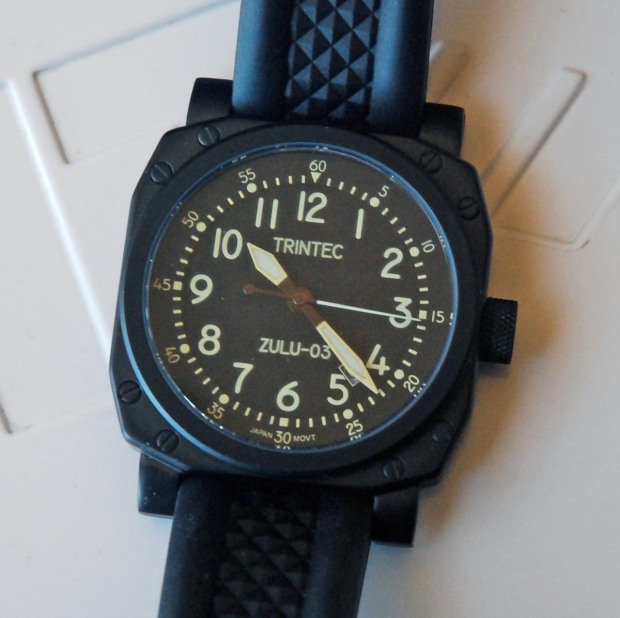
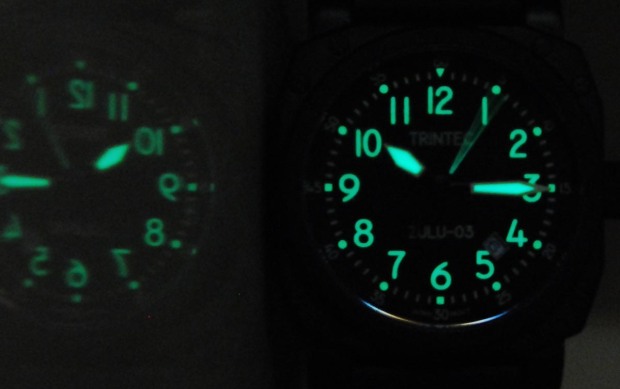
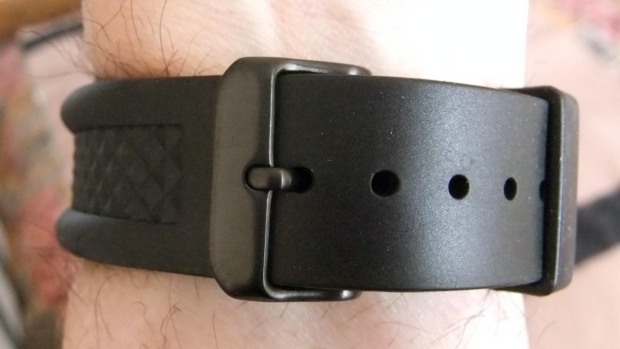
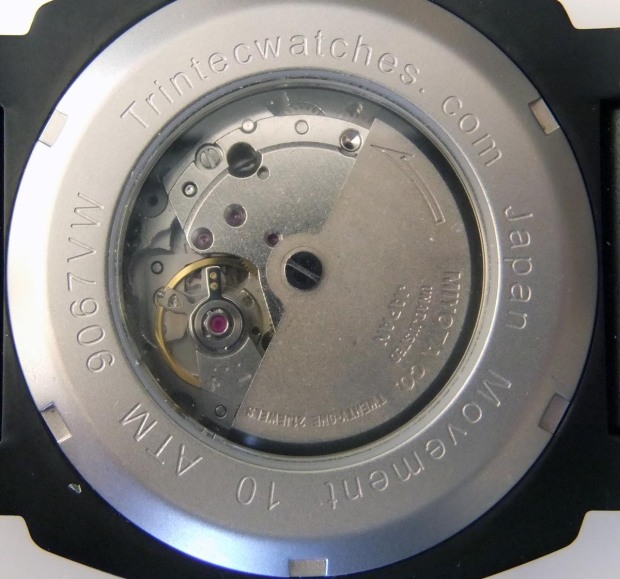
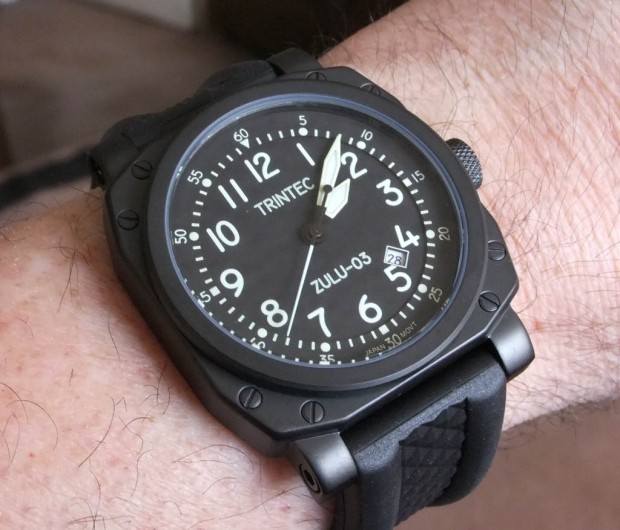

 OTOH, if it was an
OTOH, if it was an  ) then I would settle only for a parachoc model.
) then I would settle only for a parachoc model.









